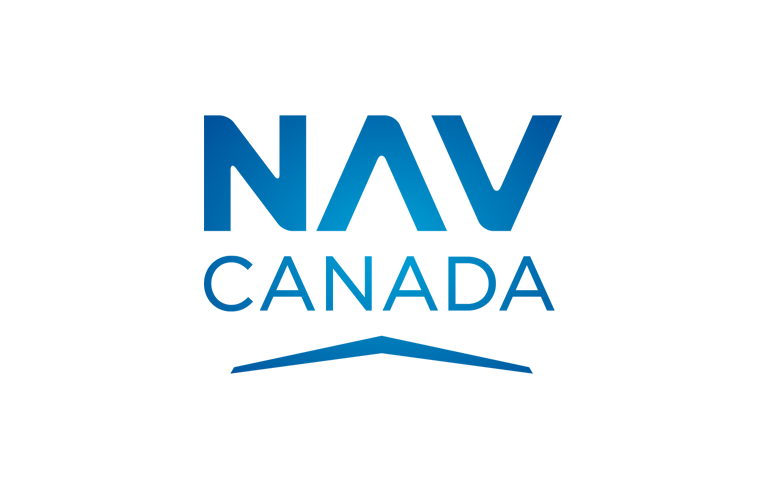Behind the scenes with NAV CANADA’s Traffic Management Units

NAV CANADA air traffic controllers keep aircraft moving safely and efficiently, sequencing traffic to keep operations running smoothly.
But what happens when plans get thrown off course by uncontrollable events such as a snowstorm, power disruption or unplanned equipment outage?
It’s the work of NAV CANADA’s two Traffic Management Units (TMUs) – a western unit in Vancouver, which manages traffic from the West Coast to Thunder Bay and an eastern unit in Toronto, which manages from Thunder Bay to the East Coast – to minimize delays and impacts on customers.
“On a daily basis, we work to keep traffic flows moving as optimally as possible by managing the parts of the air navigation system we can control against those aspects we can’t,” says Nick Paraskevopoulos, Supervisor of TMU East. “It can be both strategic and tactical depending on the nature of the event, the number of customers involved or the size of the geography affected.”
It’s all in the numbers: calculating the airport arrival rate
A seemingly short-lived situation can have far reaching implications and the TMU must be prepared to make the necessary adjustments. For example, severe winter events such as snowstorms or extreme cold can significantly impact airport operations on the ground. The TMU works to manage demand during these events but also needs to manage traffic flows as conditions return to normal.
“There can still be a backlog of aircraft lined up on a taxiway waiting on de-icing,” says Paraskevopoulos. “This impacts not only those planes on the tarmac, but also those waiting to land.” When situations like this occur the TMU must cut back on the airport arrival rate. The airport arrival rate, or AAR, is the number of aircraft an airport or airspace can accept per hour.
“There are many factors that might impact the airport arrival rate, with the most important being wind direction and speed,” says Paraskevopoulos. Speed at touchdown and required spacing on final approach will also affect the AAR. For example, with ground speed at touchdown of 130 knots and the tower requiring 4.0 miles spacing on final, an hourly rate of 32 aircraft per hour would be the maximum allowed at Toronto Pearson. Inclement weather, runway configuration, IFR/VFR conditions, runway occupancy times, departure demand, weather within the terminal control unit, and weather in the enroute, are just some of the additional ways in which the AAR might be affected.
With so many variables coming into play, the AAR remains a dynamic parameter, changing according to the conditions of the day.
Managing the AAR
Air delays are generally used as a priority when managing the AAR, however when demand outweighs capacity for an extended period of time a ground delay program (GDP) may be implemented. A GDP will generally have a greater impact on the customer and on airport operations, and for this reason a collaborative decision-making process remains at the core of a TMU’s operations.
“Significant delays at a major airport can have a domino effect so our joint goal is to minimize the effect on the system, customers and the flying public so that we can get things back to normal as quickly as possible,” said Paraskevopoulos.
Safety, efficiency, and customer satisfaction
A typical day at the TMU starts with a conversation with the Area Control Centre (ACC) shift manager to find out what the AARs will be at key airports. Once advised of the rate, the TMU is responsible for metering the demand to not exceed that rate.
The team uses a system called the Flight Schedule Monitor which compiles scheduled flight information and flight plans from the ACCs to calculate and then display graphically the known demand for arrivals/departures at airports.
This allows TMU specialists to see the big picture, looking into traffic volumes over the next several hours while anticipating adjustments in order to respond to changes at a local level.
Effective management of traffic is a complex undertaking, however by liaising with customers and other stakeholders throughout the day, the TMUs are able to help customers plan their operations around challenges and opportunities as they emerge. “It’s a very collaborative role where we all share a common goal: keeping air traffic moving safely and as efficiently as possible while minimizing the impacts of disruptions to the flying public.”

.jpg)


.png)



Comments
There are no comments yet for this item
Join the discussion